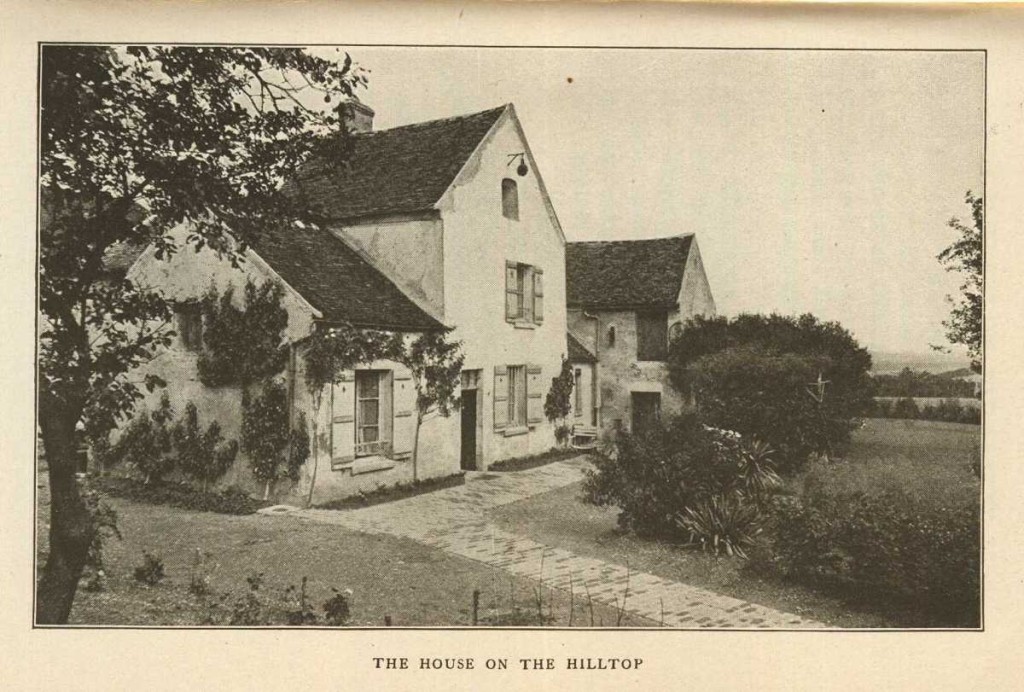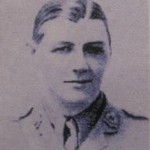6th September 1914
It’s important to take stock of what had been happening in the days since Le Cateau. The general retirement by the BEF appeared to have had no real plan other than to keep moving back.
Sir John French was considering defending Paris or even withdrawing from the field completely and making for the Channel ports. But all this was set to change. The previous day a battle had started almost by accident.
Joffre had been hastily assembling a scratch force, under General Michel-Joseph Maunoury. Moving troops from his eastern flanks by train and any vehicle that could carry them, Joffre created the French Sixth Army to screen Paris from the approaching German forces. The BEF was now no longer on the extreme left flank of the Allies.
The German Schlieffen plan had wanted to encircle Paris from the west, but their pursuit of the retreating French and British forces led them down the eastern edge of Paris. The Germans weren’t aware of the new Sixth Army on their right flank. They generally believed the BEF to be pretty much destroyed. And so they were drawn on by the pursuit, possibly hoping to draw the Allies into a pitched battle.
On the morning of the 5th September, the French Sixth Army started to advance east from Paris. At the River Ourcq they met the approaching German IV Reserve Corps. As the German First Army began to wheel eastwards to face this new threat to its right flank, the Allies spotted a potential gap between the German First and Second Armies. This gap opened up exactly where the BEF and the French Fifth Army were positioned.
Joffre gave the orders to attack early on the morning of the 5th September. The British Army HQ was informed but, unfortunately, as we saw yesterday, the BEF had already started continued to retreat with a night march, and so was 12-15 miles away from where Joffre thought they were.
So when the Dorsets set out at 5am to Villeneuve (sic) as advanced guard to the 15th Brigade, they could already hear the guns in the distance. Gleichen remembers the attitude of the men as they advanced.
What had happened, or why we were suddenly to turn against the enemy after ten days of retreat, we could not conceive; but the fact was there, and the difference in the spirits of the men was enormous. They marched twice as well, whistling and singing, back through Tournans and on to Villeneuve.
The 15th Brigade then marched, passing with some difficulty through the forest at Crécy, to Montcerf. Here the Brigade paused for an hour. While Gleichen met with General Smith-Dorrien, the Dorsets pushed C and D Companies into outposts. Later on at 6:45pm the advance continued to La Celle-Sur-Mourin. It was very difficult terrain to move through in the dark, with narrow streets, tight valleys and twisting roads. The Dorsets disturbed a German Uhlan patrol, who left after firing a few shots but nothing else was seen of the enemy.
The Brigade bivouacked in a stubble field and waited for their next orders, while guns rumbled to their right. The Third Division was engaged with the Germans at Faremoutiers. The Battle of the Marne had begun.
In an aside, I think I can confirm that Frank was in A Company. I recently found a conduct sheet marked with A Company. There are also a few other shards of evidence that confirm this but they appear further down the line. I’ll go back and elaborate any A Company action in previous posts.


